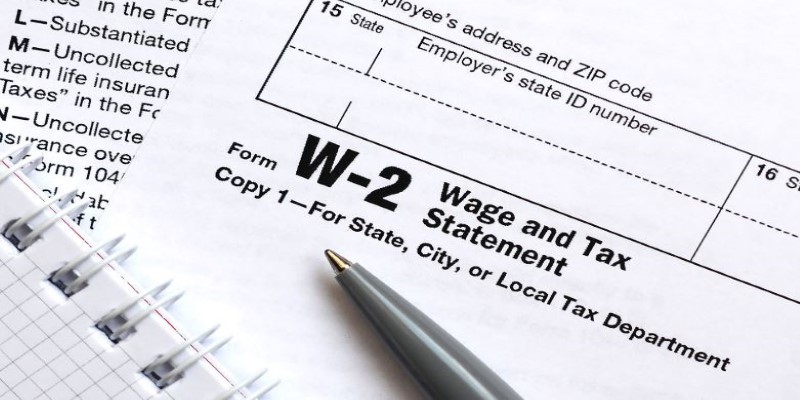Facing a large medical bill can feel overwhelming, especially when you're already dealing with the stress of an illness or injury. For many people, paying a hefty medical bill upfront isn’t realistic. Thankfully, medical bill payment plans offer a way to break down those costs into smaller, manageable payments. These plans are designed to ease the financial burden, allowing you to focus on recovery without worrying about immediate full payments.
Understanding how these payment plans work and what your options are can help you navigate this process more effectively, giving you the flexibility you need during a challenging time.
How Do Medical Bill Payment Plans Work?
Medical bill payment plans work much like installment agreements for other bills. Rather than paying in full upfront, the amount of medical care is broken down into smaller bits over a specified time. Terms of payment may differ depending on the health provider or finance company overseeing the agreement. Some facilities have interest-free programs, but some have a minimal charge.
The process often starts with a discussion between the patient and the healthcare provider's billing department. Most hospitals and clinics have separate financial assistance programs that review a patient's capacity to pay and make appropriate payment recommendations. Some providers permit patients to negotiate their terms of payment according to their income, medical history, and financial commitments.
When a plan is approved, the patient then pays off the balance in monthly installments until the account is paid off. Late payments can incur extra fees or collections, so it's crucial to adhere to the agreed-upon schedule. Some hospitals also have arrangements with third-party companies that handle such payment plans, so patients might have to negotiate with an outside billing agency instead of the hospital itself.
Types of Medical Bill Payment Plans
There are various types of medical bill payment plans based on where you get treated and what aid is offered. Most hospitals have in-house payment plans, enabling patients to pay their bills in organized installments without the need for third-party lenders. These are usually the cheapest because they normally have little or no interest.

Third-party financing options are available for individuals who need longer repayment periods or more flexibility. These may include personal loans from banks or healthcare financing companies that specialize in medical expenses. While these options can provide extended payment terms, they may involve interest rates that increase the overall cost of treatment.
Another option is medical credit cards, which are designed specifically for healthcare expenses. These cards can cover a variety of treatments, from dental work to surgery, but they often come with high interest rates if the balance is not paid off within a promotional period. Patients should carefully evaluate the terms before committing to this type of financing.
Some hospitals also provide income-based financial assistance programs, offering reduced payment amounts for patients who qualify based on their income level. These programs help lower the financial burden for individuals who may not be able to afford standard payment arrangements.
Advantages and Considerations
One of the most significant benefits of medical bill payment plans is that they provide financial relief without forcing patients to take on debt from high-interest loans or credit cards. By breaking down costs into manageable payments, individuals can receive the care they need without delaying treatment due to financial concerns.
Many payment plans do not charge interest, making them a better alternative to traditional financing. Additionally, most hospitals and clinics offer flexible terms, allowing patients to find an arrangement that suits their budget. These plans also prevent medical debt from impacting credit scores, as they are often structured to avoid being sent to collections.
However, patients should be aware that missing payments can lead to complications. Late fees or defaulting on the agreement can result in the balance being handed over to a debt collection agency, potentially affecting credit scores. It’s crucial to communicate with the billing department if there are difficulties in making payments, as many providers are willing to adjust terms if necessary.
Another consideration is that some hospitals require an upfront payment before setting up a plan. Patients should clarify all terms beforehand to ensure they understand the conditions of their agreement. Additionally, while in-house payment plans tend to be interest-free, third-party financing options may carry fees that increase the total repayment amount.
How to Set Up a Medical Bill Payment Plan?
The first step in setting up a medical bill payment plan is to contact the healthcare provider’s billing office. Patients should ask about available options and discuss their financial situation to determine the best arrangement. Some providers may require documentation, such as proof of income or financial hardship, before approving a plan.

It’s important to review the payment terms carefully, including the length of the plan, any associated fees, and the total amount to be repaid. Patients should ensure they can commit to the agreed schedule before finalizing the arrangement.
For those who cannot afford even reduced payment plans, hospitals may have financial assistance programs that offer discounts or forgiveness on medical bills. Patients should inquire about all available resources to find the most suitable option for their situation.
Conclusion
Medical bill payment plans provide an essential solution for managing healthcare costs. By breaking down large bills into smaller, manageable payments, they offer financial relief without the burden of high-interest debt. Whether through in-house arrangements or third-party financing, these plans help patients avoid delays in treatment due to financial concerns. It's crucial to carefully review terms and stick to the payment schedule to prevent complications. With proper planning and communication, medical bill payment plans can make healthcare more accessible and affordable, ensuring that patients receive the care they need without unnecessary financial stress.












